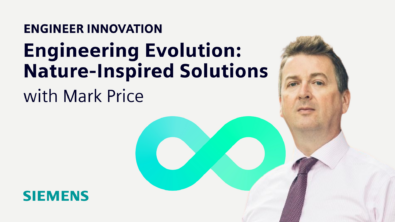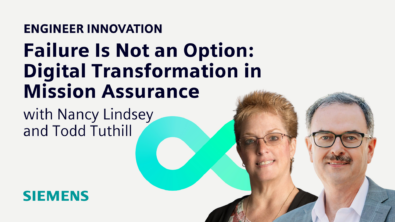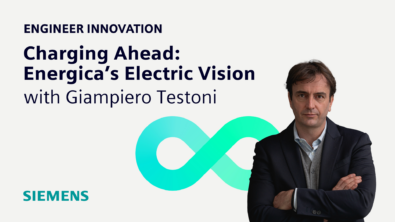in silico: medical device innovation through simulation with Voxdale (Episode 9)

90% Failure rate of medical technology companies
Advances in medical technology generally take place in small, entrepreneurial companies. The financial (and humanitarian) rewards are high, but so is the risk. Unfortunately, at least 90% of these companies fail, meaning that the medical devices they are developing never make it to market. The unseen human cost of this failure is high, potentially denying life-saving (or at least life-improving) treatments to patients.
Part of the problem is the cost of performing clinical trials on a new medical device. A process that is time-consuming, expensive and heavily regulated. It can take a decade or more to bring a new medical device from the drawing board to the treatment board.
Innovating to bring designs to market faster and cheaper
In this podcast, I talked to Tim Dieryckx, the CEO of the Belgian engineering and design company Voxdale, who is using advanced engineering simulation to increase innovation, reduce development times and cut costs in the design and manufacture of medical devices.
Tim explains how medical device development is, rather sensibly, bound by a principle of “first do no harm”, which means that any medical trial is surrounded by lots of regulation. Obviously, this is necessary because we don’t want anything injected or used as a medical device that is not thoroughly regulated and tested. However, regulation is a huge constraint to innovation and means that the whole medical industry is risk-averse.
Testing on virtual patients
Voxdale gets around this by conducting “in silico” medical trials on prototype medical devices. Because no one minds very much if you hurt a virtual patient in an engineering simulation Tim explains how his mantra is “fail early, fail often”, pushing medical devices to their limits and identifying any weaknesses before they get anywhere near a real-life patient.
- How Voxdale helps startups (02:07)
- The role that simulation plays in designing medical devices (03:29)
- What “in silico” means in the context of medical device development (06:13)
- The benefits of simulating with “in silico” (08:18)
- How simulation helps lower the cost of a medical device (15:58)
[00:00] Interviewer: With me, today, I have Tim Dieryckx, who is the CEO of Voxdale. Tim, can you tell us a bit about yourself and how you got to be the CEO of Voxdale?
[00:10] Tim Dieryckx: I’m an engineer from the background. I spent around 10 years in the renewable energy sector and offshore wind energy sector. Founded a software startup, and then handed it over to one of my co-founders, who’s still leaving the company. And I did a couple of years of management consulting. And after that, I really started thinking about what do? I feel it a little bit. It’s trajectory with different side roads, really started to think about what do I actually want, what are my skills, and what I’m good at. And one of the things, the ideas was, I didn’t want to find another startup because that’s it’s much less fun sometimes than many people say it can be. Probably not all so close to my personality as such. I felt more for looking for a company and looking for management buy-in. Certain states started having a good discussion with Kuhn, who founded Voxdale around 15 years ago. And Kuhn is a real entrepreneur. He’s a person that has founded not only Voxdale but also quite some spin-offs of Voxdale or co-invested in spin-off companies. And he still had a lot of ideas in his head to find new companies. And this was becoming a much bigger conflict with his role as CEO of Voxdale. So, at that stage, we started discussing and we came to the conclusion maybe it would be a good idea if I took over as CEO and took an investment in the company because I also wanted to have some skin in the game. I think it’s sometimes important if you lead something that you also feel when things are going well, but also when things are not going so well. So, as such, I became CEO of Voxdale for a little bit over two years. In July 2020, I joined the company as CEO. Kuhn is still in the company as a shareholder, but not active anymore operationally. So he’s a shareholder and a part of the board of directors. So, that’s a bit of my background on how I joined this fantastic company.
[02:07] Interviewer: So, I guess, that means even though you’re not directly involved in setting startups up anymore, you do help quite a lot of startups out. I guess a big part of what you do at Voxdale is helping medical startups get their products to market. Is that a fair assessment?
[02:22] Tim Dieryckx: We do help a lot of startups. Around 80% of the work we do is for startups. I think 60% to 70% of our current activities are in the medical space, where we help medical device startups. Typically, companies come to us when they have an idea. It can be a doctor or it can be a nurse or somebody else. Mostly there are people that actually work in this space and know very well what the needs are, they come to us with an idea or a new concept or something they are struggling with. Or it can also come from technology, for example, universities or research institutions that have found something like a biomarker, for example, that can detect some aspects in the blood. But then they think, “Okay, we can do this in a laboratory setting,” which is fantastic but this needs to be used in a hospital environment. So, that requires a lot of different usability setups, and then they come to us and ask, “Can you please help us build that device?” And that’s a bit where we typically act as a company.
[03:28] Interviewer: I guess some of those ideas are really great, but there’s a huge distance between getting them to patients. And the attrition rate of those kinds of medical device ideas and startups is huge, I would imagine. And one of the things you’re doing is helping people on that pathway by using engine simulation and your expertise into not being one of those many, many medical device companies that fold before these fantastic devices ever hit the treatment table.
[03:54] Tim Dieryckx: Definitely. We never promise people that we are going to bring them actually to the markets. Our track record is quite good until now in that perspective, but like you say, bringing a medical device to the market is a path with many pitfalls, there are many hurdles, actually, to get there. I think one of the first things we always start with is, “What is your actual go-to-market?” We don’t do that all by ourselves, we have some partners in that. That’s one of the biggest pitfalls, I guess — in which kind of field are you playing. And then, looking a little bit further, of course, our core business is building a device that patients or doctors or nurses actually want and can use, which is critical, or doctors, and which set up you actually want to use it. And second of all is building a medical device that can scale, that you can actually produce on a scalable business. And in that perspective, because this conversation is also about what we do with simulation engineering in there, we use often simulation engineering in that process to do virtual prototyping because what we see is that building a scalable device, it’s probably easier to build a small prototype; that’s not too difficult, building a prototype. The real challenge is to build a device that you can produce on a scale with always the same quality to actually produce it at a certain cost because, of course, in a hospital environment and in a medical environment, cost is a relevant factor. And simulation engineering has proven to be very, very effective in that perspective. Certainly, when you look at, for example, bringing a prototype to a full-scale product, being able to simulate which kind of quality boundaries you can actually accept is a huge added value for us. But also bringing first-time-right solutions to the market, first being able to build a virtual prototype before building a physical prototype, because physical prototypes in many cases are very expensive. And with virtual prototyping, you can actually gain a lot of insights and gain a lot of value as engineers.
[06:13] Interviewer: So this is where this idea of in silico development comes from. Some of the people listening to this podcast won’t perhaps be as experts in Latin as you and I are, so could you just explain a bit about what “in silico” means in the context of medical device development?
[06:30] Tim Dieryckx: I think everybody knows what a test on a mouse is. We have heard about animal tests, I think we heard about them in different contexts. Typically, what you do in building a medical device is you first do it in a laboratory setting where there are no people that are alive actually involved in that. So, it’s just laboratory testing, you try to take some tissue from whatever, you try to test it and see if it works. In many cases, the second step would be testing it on a mouse or other animals. You have mouse and then you have sometimes monkeys. And already there, you feel already a little bit of an ethical question of “What’s going on here? Is this something we still want to do?” There are many discussions also in the academic world about this. And then, of course, the last test is actually in a human, where the ethics, of course, is much more complex. We see more and more that with the tools that are available out there, where you can mimic more and more how, for example, some aspects of a human body or an animal body, you can mimic that in a computer environment. Everybody knows what gaming is. You see that more and more looking like the real world. Companies like Siemens have been able to also mimic the physical environment in a computer program. And that is exactly what we call in silico trials. We try to build some parts of a human body in a computer model, you get data out of the real world, you put that in a computer model, you try to use that data to build as accurate as possible computer model, and then you start doing tests, and that is in silico. In silico is the silicon — Silicon Valley, we all know that, it actually comes from there. It’s a bit Latin, but it comes more from the silicon chips that are all in our computers that we actually use as a testing environment.
[08:18] Interviewer: The first and most central principle of medicine is first do no harm. So, when you’re testing on animals or humans, it’s really important that either you do no harm or perhaps with animal testing, you minimize it. But that kind of goes against one of the central tenants of engineering. As engineers, we like to break things; that’s how we find out where the limits of things are and that’s how we push the boundaries back. So, I guess in silico development is a way of getting around that maximum of “first do no harm” because nobody really minds if you hurt some simulated human being or simulated animals. Is that true?
[08:59] Tim Dieryckx: Definitely. I think there are two aspects that are super valuable with regard to simulation engineer. I think, indeed, engineers try to break stuff, and I think in a virtual environment, you can break basically everything you want, you can see what the boundaries pushed. That pops into the second thing where engineers are always curious about the why: Why is this not working? Why is it working? What’s going right? What’s going wrong? Really looking at to understanding the problem. And if you can do that in silico environment, you can imagine you can just make different frames, you can look into the problem, and you can have much more details on where the actual issues lie. Of course, the challenge always is to have an engineer that can actually do interpretation. I think in engineering land, everybody knows the phrase “Shit in, shit out.” Pardon my French for that, but it’s typically a very important one. Super powerful tools you can use there and gain a truckload of insights, but you need to be a trained engineer to actually do that, you need to see what is actually going on. What have I put in here? And what am I getting out? And what am I learning from this? And what does this mean for my final product development? That are the two biggest added values and benefits of working with in silico.
[10:15] Interviewer: And then because simulation, at the end of the day, is just a tool, and it’s up to the engineer to interpret those results and make something useful. You presented at the Simcenter conference in Berlin, and the things I took for your presentation then was this maximum of “Fail fast, fail often,” and that’s kind of what you do. Now, failure is not always a positive word. But actually, if you look at human experience, I think we learn more from failing and from breaking things early in the process than we do from instant success. Could you explain a bit more about that kind of “fail fast and fail often” philosophy that you employ at Voxdale?
[10:55] Tim Dieryckx: In my training and also the first couple of years I worked as an engineer, I worked in an environment, which was the construction industry, and failing there was not an option because then human lives are in danger. And of course, an offshore wind, you can also imagine, these are assets of hundreds of millions of euros, failing there is not really an option. So it’s basically security, you put different factors on it to be really, really sure that everything you engineered will not fail. At Voxdale, we’re completely in a different field; we’re in a field where we build new products. And there, we truly believe that you can only know what a boundary is when you have passed, and passing in this case means failing and breaking something, something doesn’t work. And then you know, “Okay, here’s my boundary.” And that is important because it’s super easy to build a product, which is way too expensive, way too big, and way too robust. But knowing when you want to bring that product to the market, you will never get product market fit. Product market fit comes when you also have a product that’s actually just doing what it actually needs to do, not more, not less. And that’s why we really believe in failing a lot, failing fast, trial and error. We do that with a huge prototyping workshop, our engineers are day to day trying testing, failing; trying testing, failing, and learning as fast as possible. And looking for those edges to get that right product out in the market. And simulation engineering is a huge added value there because sometimes, we also have to be honest, it’s just too expensive to fail in the physical world, and it’s also sometimes too difficult to fail in the physical world. Sometimes you need, for example, to do tests, or big camera setups with very, very expensive cameras, and then images that require a huge lot of data to be able to actually identify what’s going wrong in a certain setup. And then if you can use stuff like in silico, do that in a computer model, it’s a huge added value. But that’s why we truly believe that failing fast, failing early, a little bit of what software developers teach them and how they work, we also try to do that as much as possible in a physical environment.
[13:11] Interviewer: And I guess, in the medical industry, it’s even more important to get that innovation done early. Because once you get to the stage of regulatory approval and clinical trials, really at that stage, your designs are fixed. There’s not much more scope to change things once you get to that stage. So it’s important for you guys —I think you’ve called it simulate to innovate—to get that simulation, that innovation done really early in the process because later on once you’re in the proper trials, then there’s not much you can change. Is that true?
[13:40] Tim Dieryckx: It’s the most regulated industry we work in as a company. We also do some work in the space tech environment, which is also super regulated. I think medical is very, very regulated, very early stage, you need to start fixing your specs and fixing everything. Failing fast in a very early stage is really, really important. Also, just getting the data why we made a decision is also really important because what we see in this industry is typically people would go for the first thing that works, which sometimes in the long run, when you are five years down the road and have spent a couple of million euros on the development, you see and then say, “Maybe should have gone a little bit deeper into engineering and made it a little bit more slim or maybe tried to reiterate a couple of things there because we could have maybe made a better product,” which is, in a medical space, very relevant because at a certain stage before bringing to the market, you actually need to prove that your product is as good or better than other products already on the markets. You can just bring something to the market and get paid back so I’ll get reimbursed. So there’s a challenge there to try to look actually what what are the boundaries here in a medical device. Because once you go into the regulatory path and starting to fix and do design freeze, it takes a lot of time to go back. And that’s why we really want to take that iteration loop to do that in a very early stage and try to really iterate a lot on the design and try to look where the actual boundaries are. It’s just a reality that doing that in the simulation environment is much faster, and speed is really important for a startup.
[15:19] Interviewer: You can also reduce downstream costs with respect to manufacturing. One of the examples you presented in Berlin was of a medical device, which, when you go to the mold stage, you can spend a lot of money in getting your moles perfect or you can do simulations that help you understand what the consequences are of a slightly cheaper but imperfect mold and build that into your process. Is that something that you can do? Rather than chasing perfection, which might be really expensive, you can use simulation to understand the effects of imperfection and then and then build them into your designs, I guess.
[15:58] Tim Dieryckx: Like I said, simulations really help you to look where your boundaries are also in a production environment because we know going from prototype to production, the thing you produce is never perfect, there are always different kinds of boundaries. For example, injection molding is a very important one. You can spend a lot of time making always the same product with the perfect injection molding, which is quite relevant in some cases. In some cases, actually going to much cheaper injection molding techniques or suppliers are actually allowing a little bit of difference in the product and knowing that you will still be within the specs you actually promised because that’s important your specs are fixed and you need to be within the specs, otherwise, you can basically put every 50% of your product that come in, you have to throw it in the bin, which is not the best case as a medical device company. And really looking for these boundaries, and what are the different boundaries we have in a production environment is really important. We did it for a couple of medical devices where we saw we were able to actually bring first-time-right solutions to the market and first-time-right molds and a little bit cheaper molds also because everybody now going to a mold for every hardware company is a big investment. It’s an investment of 100,000 euros and more, so that’s really a step that you need to be fully sure of. And getting more certainty on that and knowing where your actual boundaries are is really important for us.
[17:26] Interviewer: And on that particular product that we were talking about, you managed to get to that mold stage probably quicker than ever before, didn’t you?
[17:33] Tim Dieryckx: The difference was quite significant. I think we did an estimate and the real development time from concept to mold was 50% faster than then would be in a normal setup. And the final design mold was 30% cheaper than we’d have in the normal setup. We made an analysis by an external company. And really, simulation engineering was vital in that perspective. So, it’s not only timing, but it’s definitely also just on a cost perspective that we were able to gain quite some. We also did it, for example, in a disinfection setup. We were facing a challenge to actually come up with a different kind of disinfection methodologies for a certain device. I cannot go really deeper in what the device was. What we could have done is probably built five or six different kinds of disinfection setups in our workshop and spent a couple of months actually looking into that by very expensive cameras, doing a lot of analysis on that. And we also did that there, but we first started with virtual prototyping, where we tested different disinfection technologies that were out there and we could immediately already say, “These three will never work. We saw it on the device, what we tried, it will never work.” Also, there were some boundaries on how fast it should be, and what the cost was, and which kind of devices and equipment was available there, which actually allowed us to test only two disinfection technologies. We did that, of course, in a physical environment at a certain stage. But that was very, very useful for us as a company. And we were actually surprised that the first disinfection technology that we taught from simulation engineering was the right one actually also proved to be almost perfect in how we did it in a virtual environment. It was only virtually a copy of what we actually did, which was fantastic to see.
[19:31] Interviewer: So the outcome of all this, ultimately, is that we’re seeing medical devices that might never have reached patients actually now on the treatment table; in some cases, curing people; in some cases, improving access to have downstream medical; in some cases, improving the quality of people’s lives. Aside from the financial point of view of this, there’s a really important human aspect is that, hopefully, the long-scale payoff of this approach is helping people to live healthier, happier, and more productive lives. Would you say?
[20:08] Tim Dieryckx: Yeah, I do agree. And I think we’re only at the beginning of what’s out there, what’s possible because you see more and more, we see regulatory agencies actually looking into the data that comes out of in silico trials. Interestingly, we even had a request quite recently from a company that asked us, “Can you produce some data out of in silico tests to actually kickstart our AR algorithm?” They want to get some data out of certain sensors and then build an AI algorithm on that, and they asked us, “Can you provide us with some data out of the in silico tests?” And then we can use that as a sort of 85% certainty on the first test to actually get their their data algorithm kick-started. And then, of course, they will ask for real-world data to actually be able to define and refine it more. But we actually see that we only have the beginning of what the potential is of this technology with regulatory agencies more and more looking into the data we actually produce from it. And I’m really sure that most medical devices fail just because of cash flow issues at a certain stage. The two big valleys of debt you have are definitely in the first stage. If your engineering is not super crisp, you will face cashflow issues before you actually bring a product to the market or bring it to certification. And there in silico is really, really a big added value.
[21:33] Interviewer: I think that’s a good place to end the podcast. So, Tim, thank you very much for your insight, and it’s been a real pleasure talking to you. Thank you, Tim.
[21:40] Tim Dieryckx: Thank you very much.
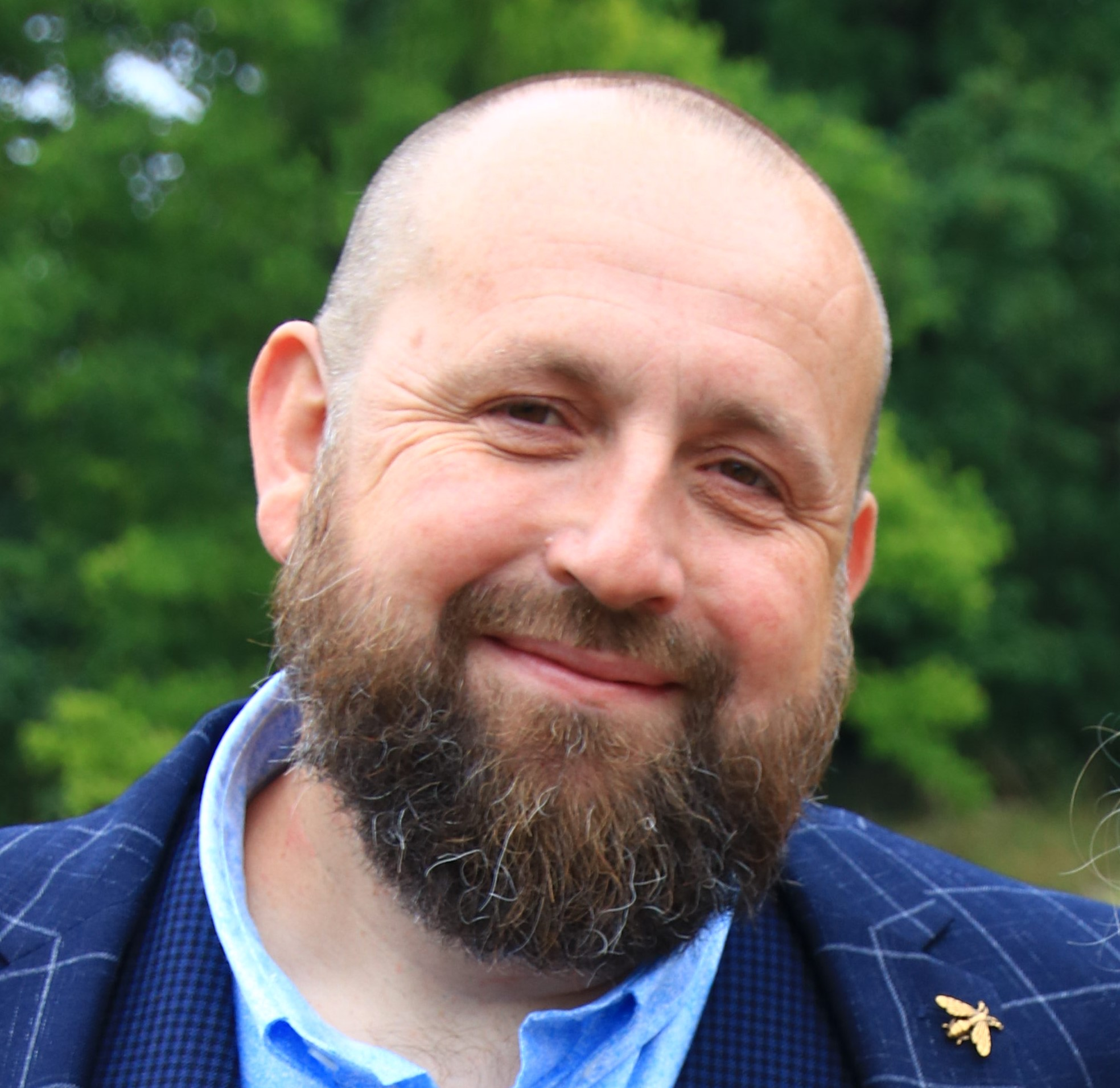
Stephen Ferguson – Host
Stephen Ferguson is a fluid-dynamicist with more than 25 years of experience in applying advanced simulation to the most challenging problems that engineering has to offer for companies such as WS Atkins, BMW and CD-adapco and Siemens.
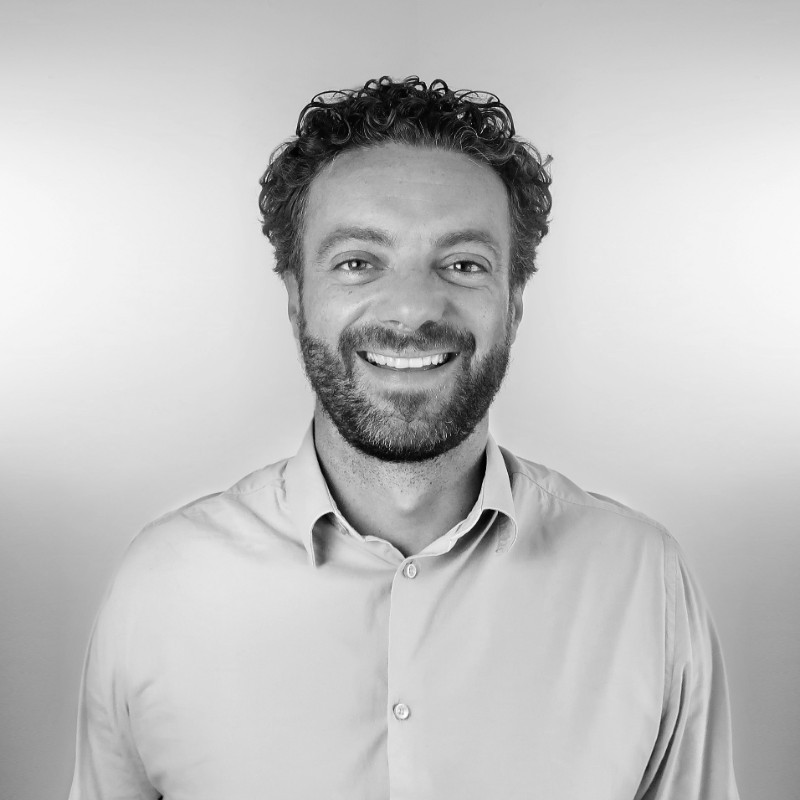
Tim Dieryckx – Guest
Tim Dieryckx is the CEO of the Belgian engineering and design company Voxdale. Tim helps entrepreneurs and professionals to accelerate the development of great hardware & IoT devices.
Stuff to watch:
Good reads:
- in vivo, in vitro, in silico: unleashing innovation in medical device development
- Simcenter for a Healthier World
- 5 ways in which engineering simulation will help us live longer, happier and more productive lives
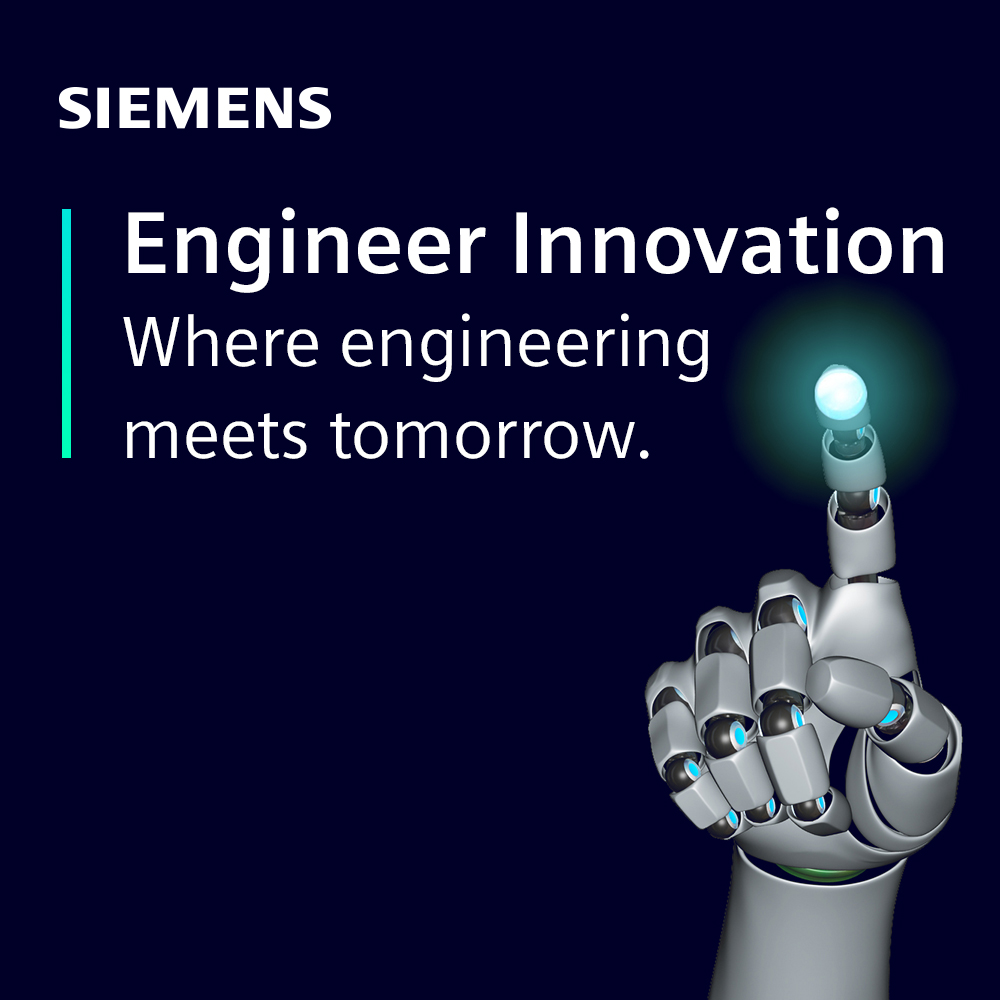
Engineer Innovation Podcast
A podcast series for engineers by engineers, Engineer Innovation focuses on how simulation and testing can help you drive innovation into your products and deliver the products of tomorrow, today.
